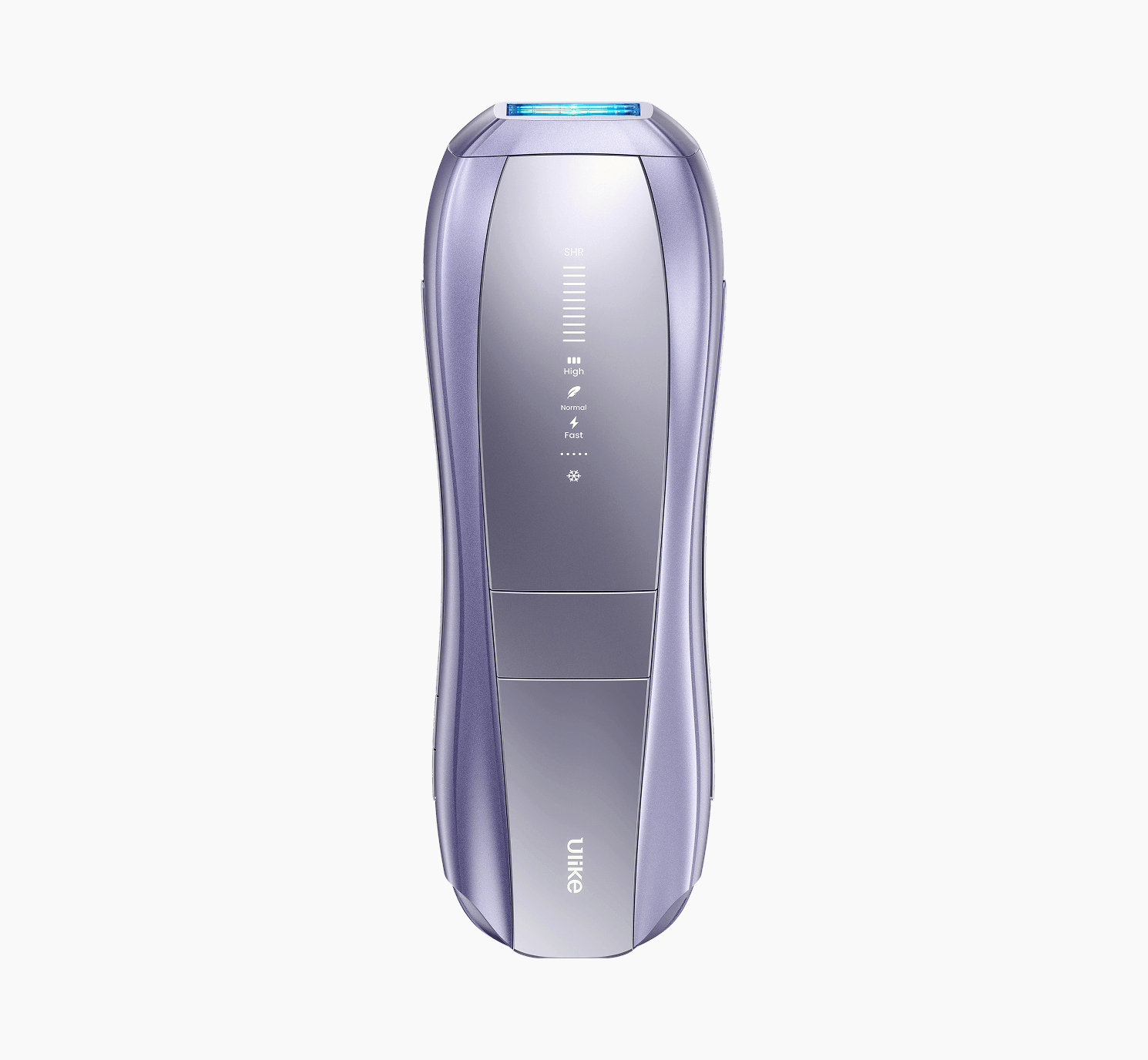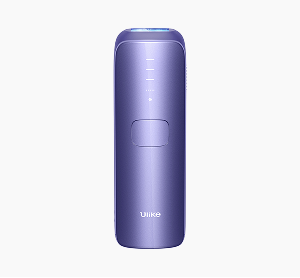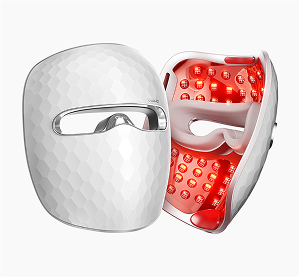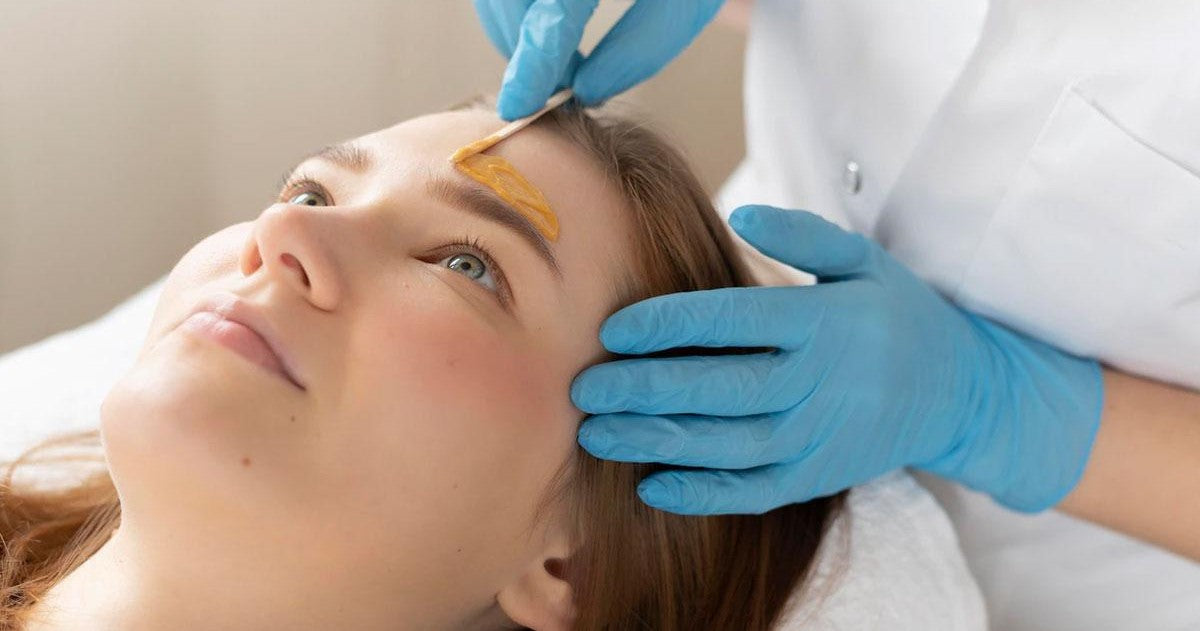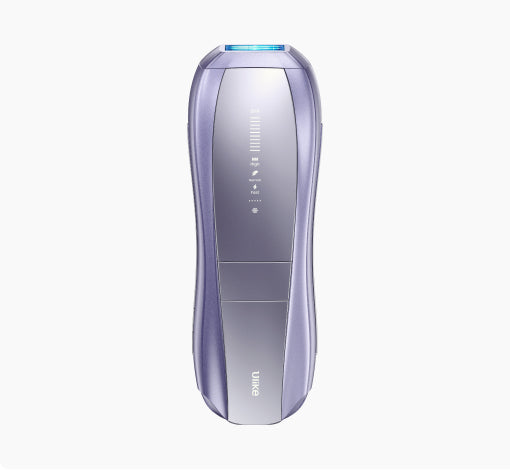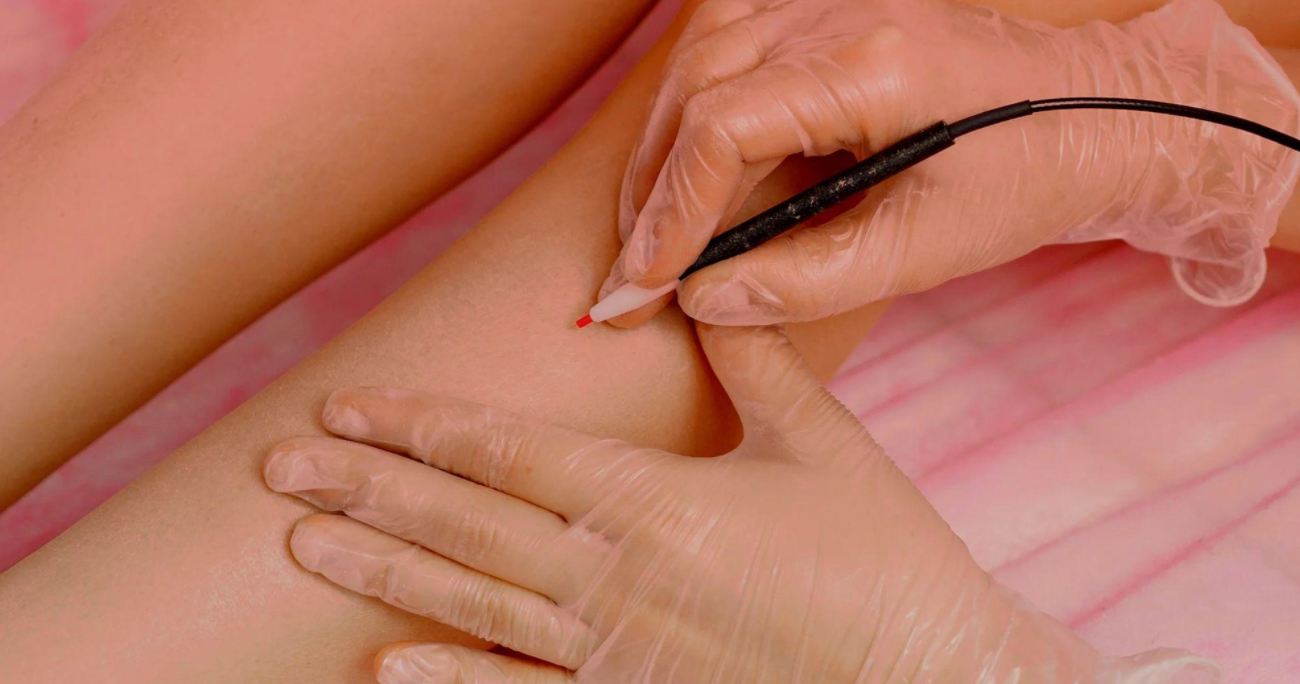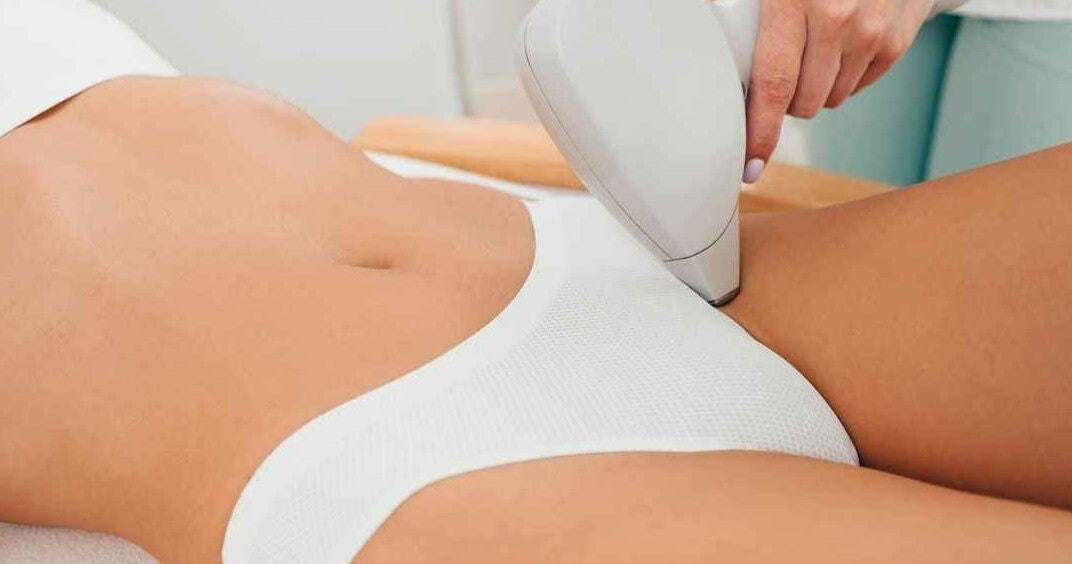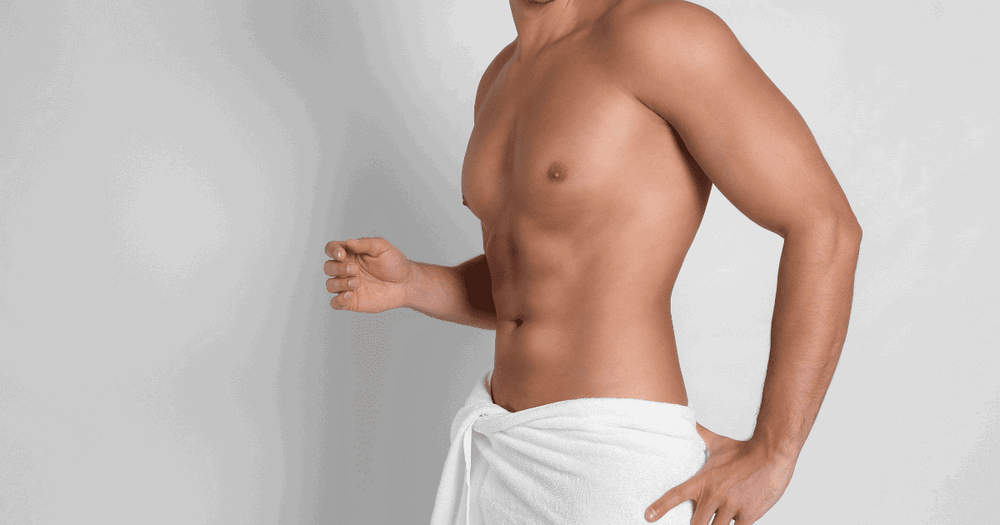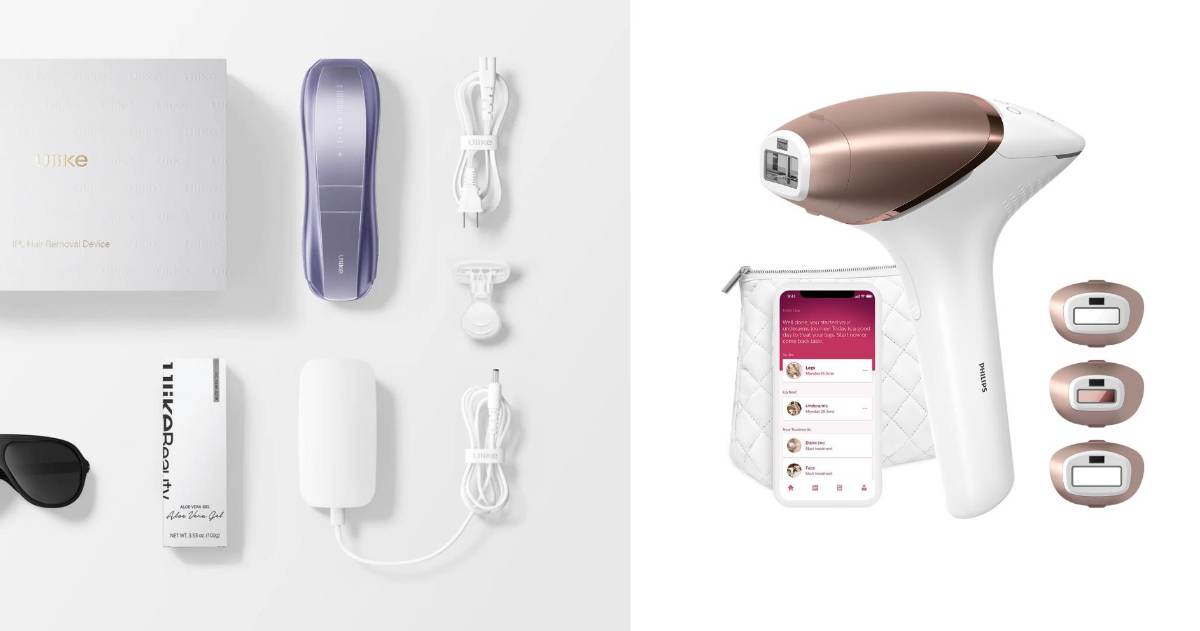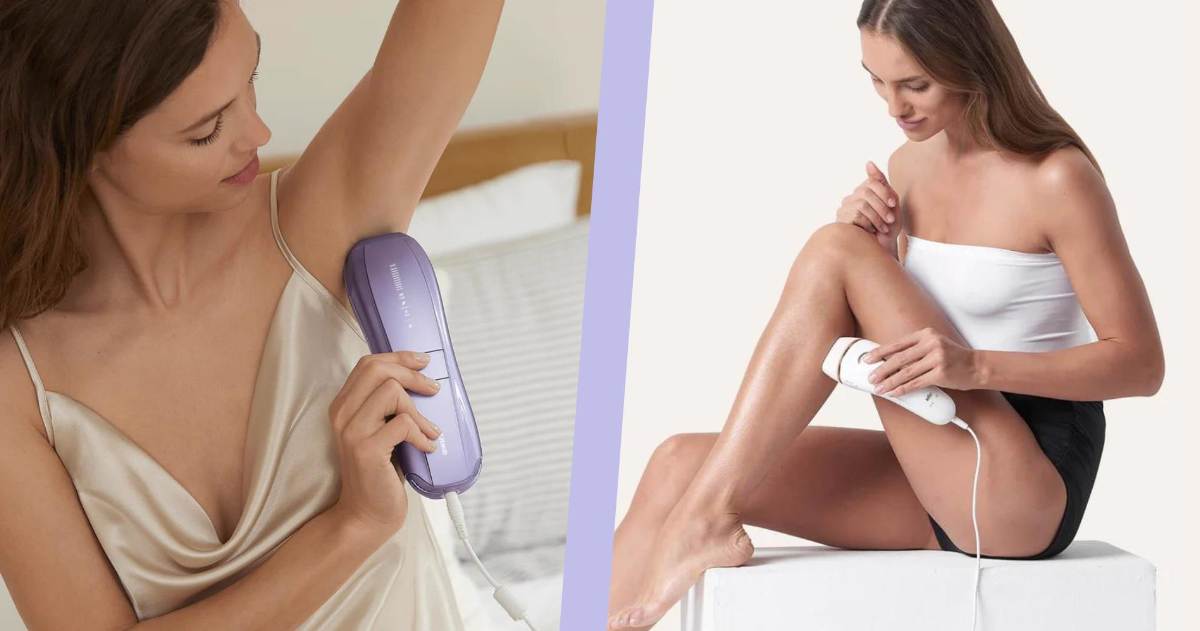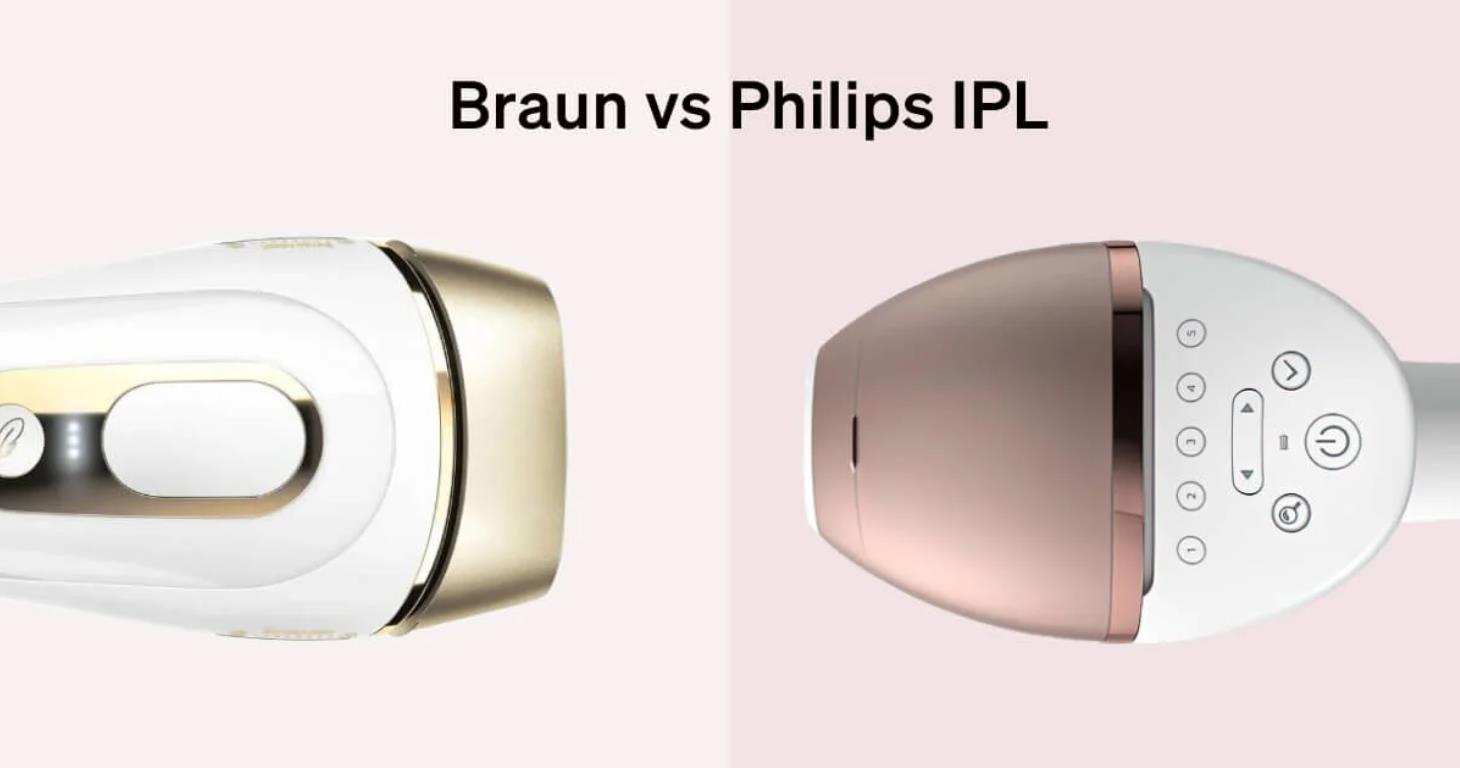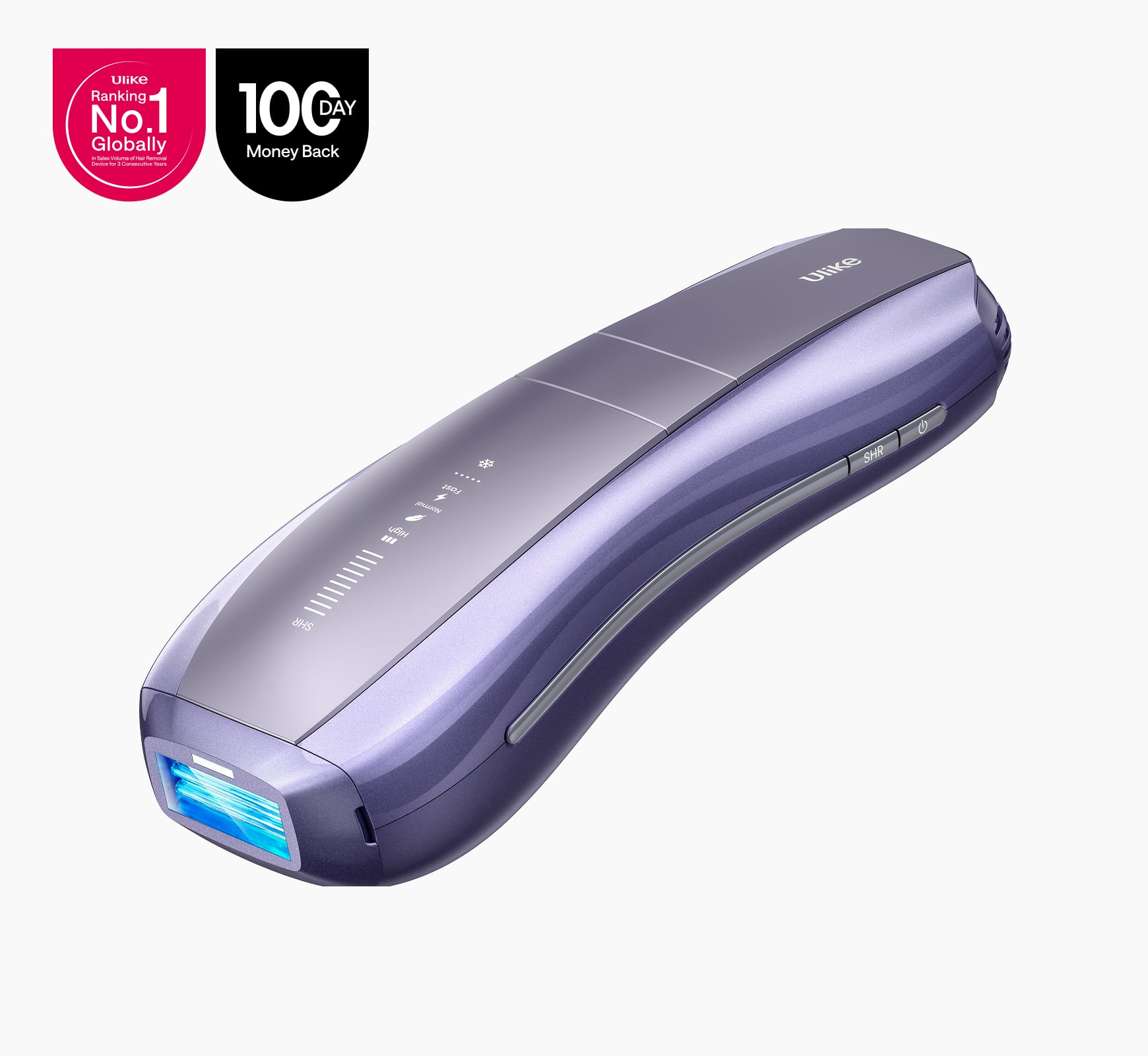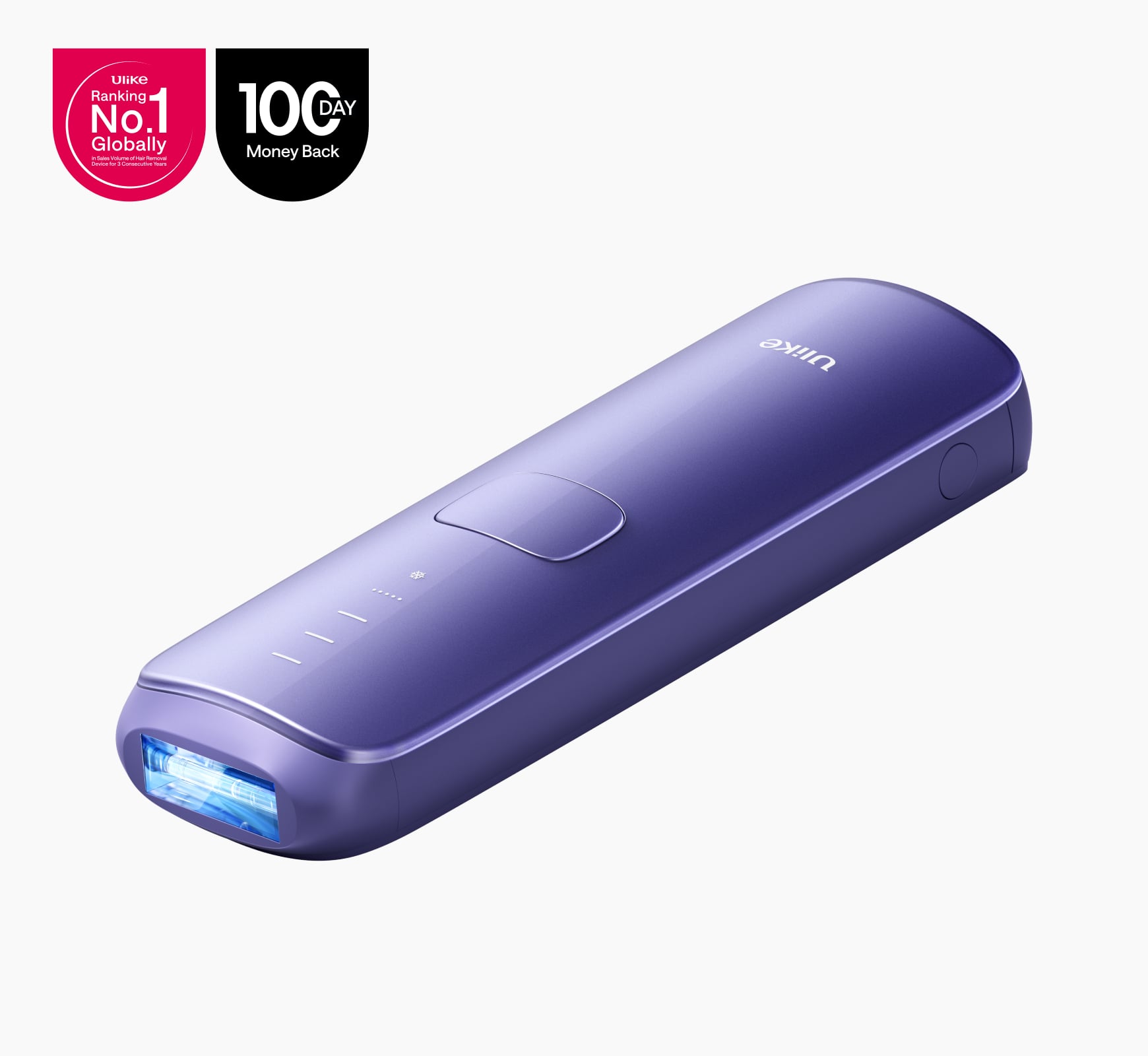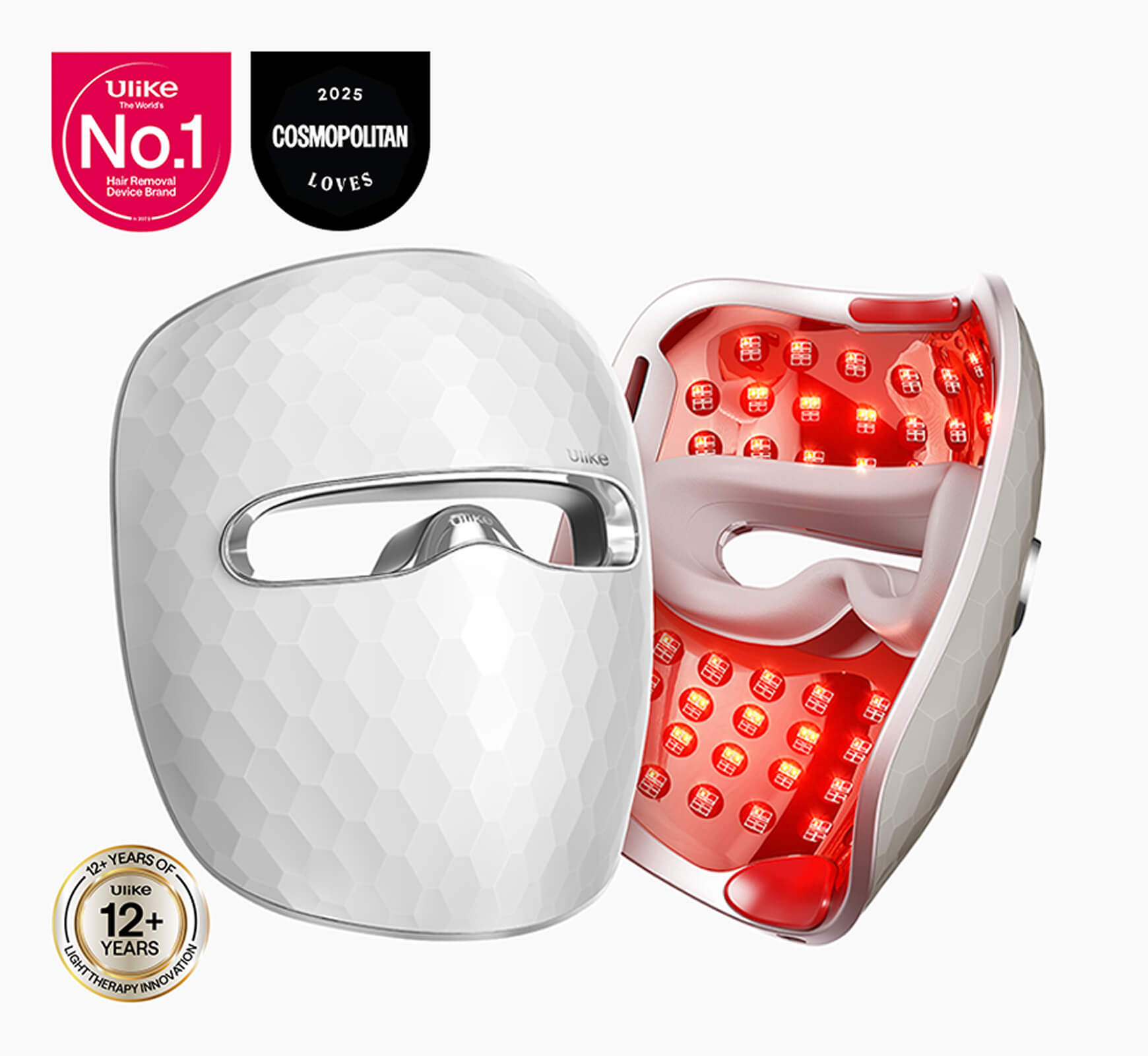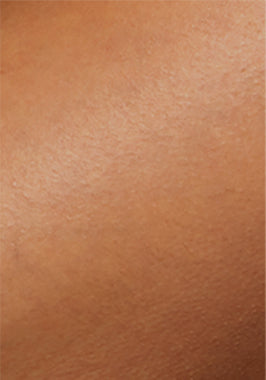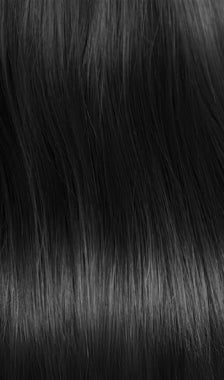Face wax is a quick and interesting way to remove unwanted hair from the face. It’s more popular among women because women don’t usually like facial hair. One can get face wax done at home or a salon and there are several types of face waxing methods available in England currently.
However, face waxing will introduce pain, discomfort, and risk of damage to the skin. Therefore, this article explains the right way to do face waxing and an alternative to it, which is better, far more nearly nearly painless, and gives long-lasting results than waxing.
Table of Contents:- Part 1: What Is Waxing?
- Part 2: What Are The Types of Wax for Face Hair Removal?
- Part 3: What to Do Before Waxing?
- Part 4: What’s The Correct Waxing Process For Face?
- Part 5: What to Do After Waxing?
- Part 6: FAQs
- Part 7: A Better & Nearly nearly painless Alternative to Wax for Face Hair Removal: Ulike IPL Device
What Is Face Waxing?
The face waxing method uses a wax solution that is spread on the treatment area to remove unwanted hair from the skin. After applying wax to the treatment area, it makes a tight grip on the hair in a few minutes. The estheticians usually leave the wax for some time and pull it with force. When being pulled, the wax also pulls the hair it made a tight grip with.
While the primary solution uses wax as a base, some people use different ingredients including sugar. Furthermore, one can enhance the waxing solution by adding fragrance agents like chocolate, aloe vera, or any artificial fragrances as desired.
What Are The Types of Wax for Face Hair Removal?
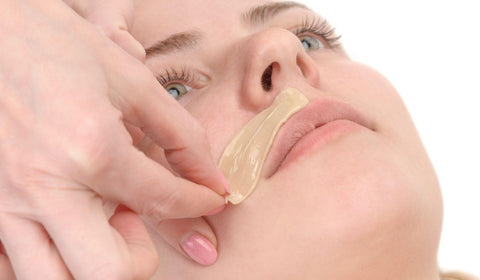 There are several types of waxing methods suited for the face:
There are several types of waxing methods suited for the face:
Hard Wax
Hard wax is applied in a thick layer and is left to cool and harden while making a tight grip on the hair. There’s no need for waxing strips to remove it. Instead, one can hold the skin taut and pull the hardened wax with force.
- It’s less irritating because the wax makes a stronger grip on the hair instead of the skin.
- Hard wax is flawless for thick, thin, and coarse hair, which is generally found on the face.
- It’s a preferred waxing method for small areas, including the face.
Soft Wax
Soft wax is good for use on non-delicate parts of the body along with certain parts on the face. One needs to be cautious because soft wax strips make a good grip not only on the hair but also on the skin. The soft waxing technique requires using soft wax strips that need to be warmed up between the palms before use.
- Soft wax is a good option for treating the upper lip and chin.
One of the main differences between hard wax and soft wax hair removal is that soft wax requires wax strips, while hard wax doesn’t. Furthermore, soft wax can be more painful than hard wax because soft wax makes a tight grip on the skin.
Sugar Wax
Sugar waxing is also famous for the name “sugaring”, which is a mixture of sugar, lemon juice, and water. The working style is similar to waxing, where the paste is applied to the face and allowed to sit there for a few minutes. Sugaring is a very famous and viable option due to a number of benefits:
- It’s a 100% natural mixture made of some of the most common ingredients.
- Making a sugaring paste is very quick and simple.
- Sugaring is gentle to the skin and doesn’t irritate, becoming ideal for sensitive skin.
- This technique works flawlessly for fine hair removal, which is usually present on the face.
- Sugaring offers exfoliating properties, eliminating the need for explicit exfoliation.
Chocolate Wax
Chocolate waxing is an elevated version of traditional waxing, where the wax is mixed with cocoa and/or chocolate extracts. The main reason for doing so is to get an aesthetic appeal and get a natural fragrance of chocolate on the face after removing the wax. Chocolate waxing may also help salons to make extra profit since the treatment becomes premium due to the presence of chocolate or cocoa.
What to Do Before Waxing?
Here are some prerequisites for waxing the face:
- Cut or trim long hair so that they’re no longer than 0.25 to 0.5 inches. Cutting hair too short will make it difficult for the wax to make the required grip.
- One should exfoliate their skin 1 to 2 days before the treatment because that will remove dead skin cells and prevent ingrown hair post-waxing. Exfoliating on the treatment day is risky otherwise waxing will become more painful.
- The skin must be dry before the waxing session to avoid chances of redness and skin irritation.
- Do not expose the face to sunlight for a long time. Try using sunscreen to keep the face safe from the harshness of sunlight.
- Using oils and lotions on the treatment day will reduce the effectiveness of waxing because such products will hinder the adherence to wax.
- If waxing personally, do a patch test. Furthermore, take a painkiller 1 to 2 hours before the treatment session to keep the pain at a tolerable level.
What’s The Correct Waxing Process For Face?
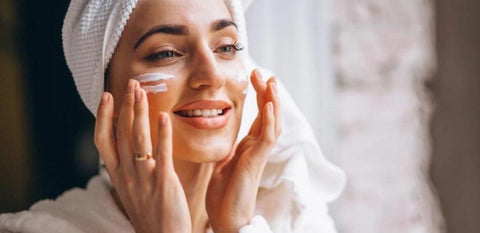 Preparation
Preparation
- One should gather all the supplies and have a clear vision in mind, of which waxing method they want to go with.
- Heat the wax for hard waxing until it melts to the right temperature.
- Mix cocoa or chocolate extracts to get a chocolate fragrance and mix well while maintaining the temperature.
- Make sure that the hair is not long. Cut long hair if required.
Waxing
- Clean the face with cold water and soap so that the face has no dust and dirt buildup.
- Pat dry face using a terry towel and tissue paper and ensure that the face is not wet.
- Apply the mixture on the face using an ice cream stick or something similar. The wax needs to be spread evenly on the face while keeping it away from sensitive areas like eyes and lips.
- Let the mixture harden on the face in a few minutes.
- Hold the skin taut from one end of the wax layer and pull the wax layer quickly.
- Visually check for any left out hair and stray hair. If needed, redo the process to get rid of the remaining hair. If no hair got pulled out, the execution was wrong.
Finishing Up
Remove the leftover residue with a towel and visually check for any burns, cuts, or redness. Post-wax care is important to keep the skin safe from showing any signs of irritation or tissue damage.
What to Do After Waxing?
- Apply a soothing lotion and moisturiser to keep the skin from becoming dry and damaged.
- Avoid tanning and go out in direct sunlight with sunscreen.
- Keep the face untouched on the treatment day even if it feels good and tempting to touch.
FAQs
How Long Does Face Waxing Last?
The effectiveness of face wax can be visible for up to 6 weeks but those with a quick hair regrowth speed may see the effectiveness for only 2 weeks. Several factors are working behind how long the effects last.
How to Make Waxing Less Painful?
Never exfoliate on the waxing day, avoid getting in the sun, don’t be harsh to the face, and use a painkiller 1 hour before the waxing session to keep the pain under tolerable levels.
How to Get Rid of Waxing Rash on Face?
To treat a waxing rash on the face, use a cold compress along with cooling ointments that can be bought over the counter. Using fresh and pure aloe vera gel is one of the best natural remedies. If the rash is severe, try coconut oil to increase the skin’s healing speed.
How to Heal Ripped Skin on the Face From Waxing?
Coconut oil has amazing healing properties but its alternatives include antiseptic and antibiotic ointments and healing creams. One should treat such a wound like any other wound on the body.
How Long After Waxing Can You Shower?
The expected waiting time is 12 to 24 hours before showering with lukewarm water. Using harsh soaps and shampoos can worsen the face’s condition even after waiting for 12 hours.
A Better & Nearly nearly painless Alternative to Wax for Face Hair Removal: Ulike IPL Device
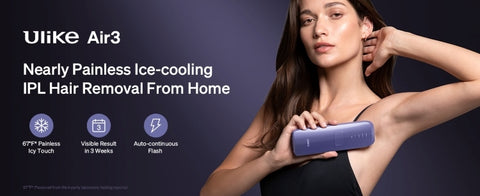 Face waxing is a good hair removal option without a doubt, but after learning how painful is waxing, one may want to opt out of it. An alternative is Ulike IPL hair removal device, which offers an at-home hair removal solution. It’s a nearly nearly painless hair removal solution that uses intense pulse light to shed the hair.
Face waxing is a good hair removal option without a doubt, but after learning how painful is waxing, one may want to opt out of it. An alternative is Ulike IPL hair removal device, which offers an at-home hair removal solution. It’s a nearly nearly painless hair removal solution that uses intense pulse light to shed the hair.
The device needs to be placed on the face. Then push the button and intense pulse lights will penetrate the skin to reach the hair follicles. The light energy will turn into heat energy to destroy the follicles, resulting in hair shedding.
- Ulike IPL hair removal device takes 5 minutes to treat the face per session. To get long-lasting results, a total of 6 to 9 sessions may be required with a gap of 2 to 4 weeks between the sessions.
- IPL hair removal device is nearly nearly painless and far better than waxing.
- It’s a cost-effective solution and can be done anywhere, anytime.
- The trend of IPL devices is growing in England due to a high degree of convenience and user-friendliness.
Conclusion
Waxing can be painful, especially for those with a low pain tolerance level and sensitive skin. Furthermore, some people can find waxing as an expensive solution if getting a salon treatment. Along with that, this method is fairly time consuming, requires a lot of precautions, and extensive aftercare, which may not align with the busy schedules of most people.
Therefore, Ulike IPL hair removal devices emerge as the best alternative. However, a patch test is highly advisable for those who are about to use an Ulike IPL device for the first time.

